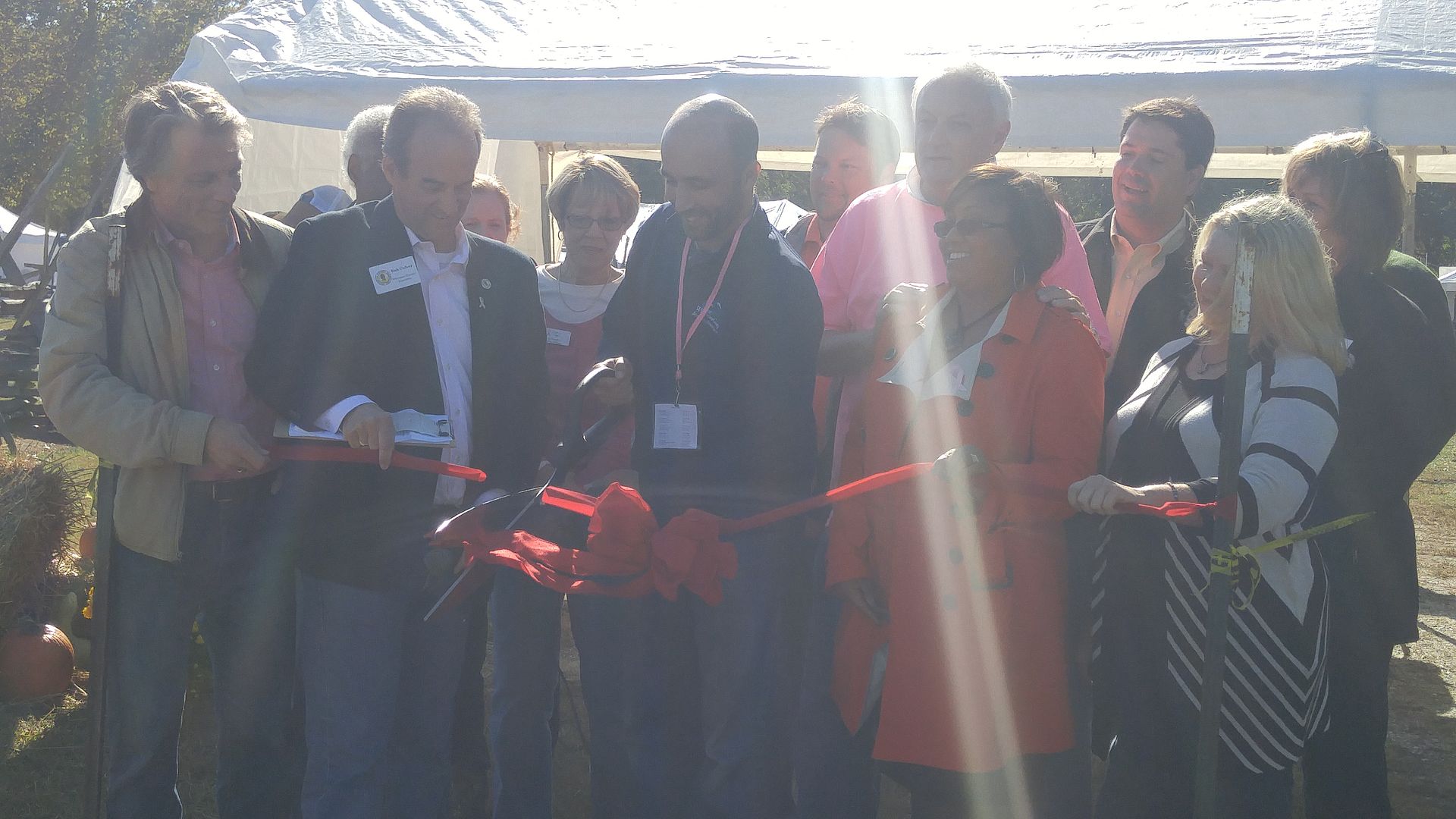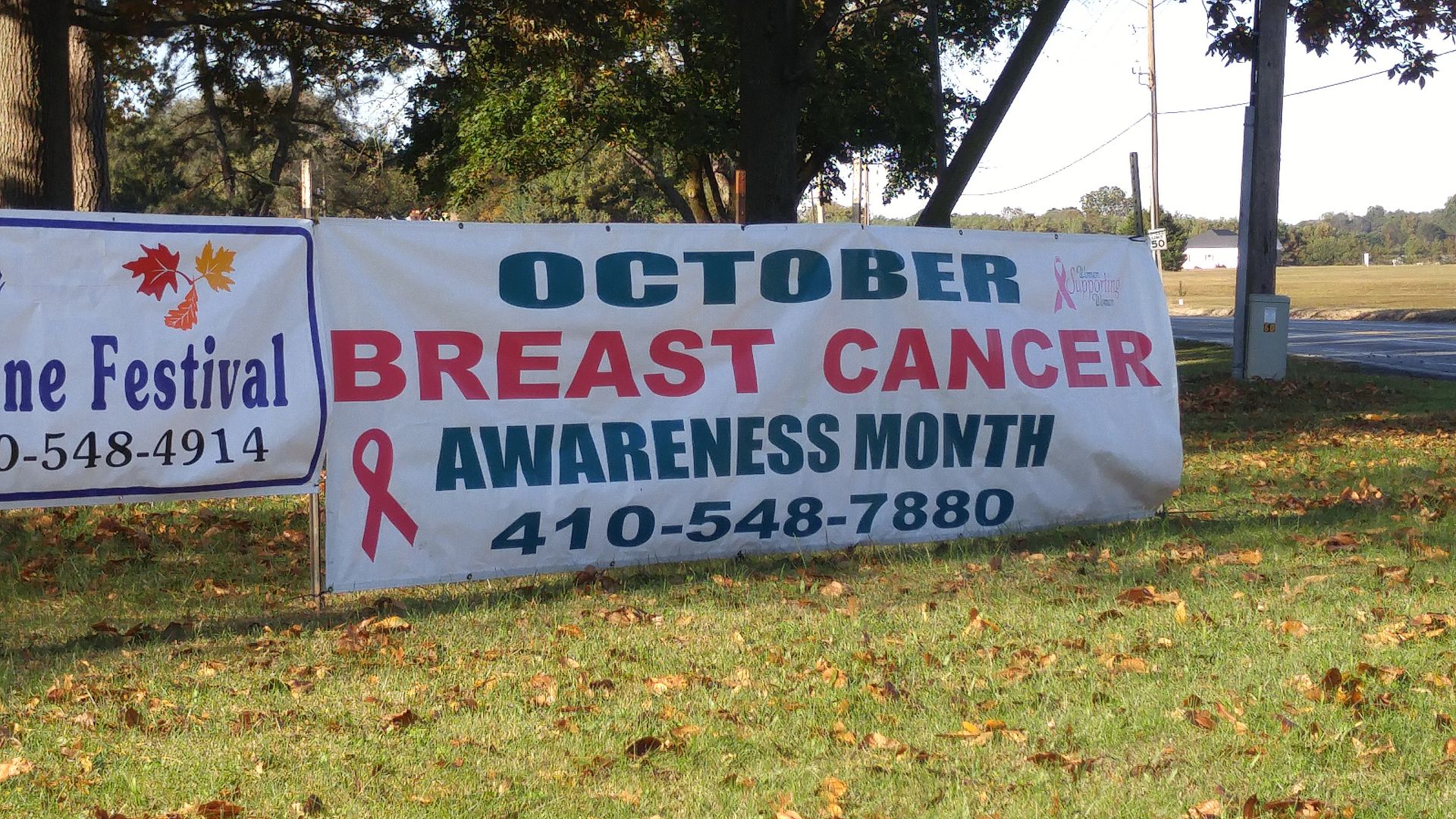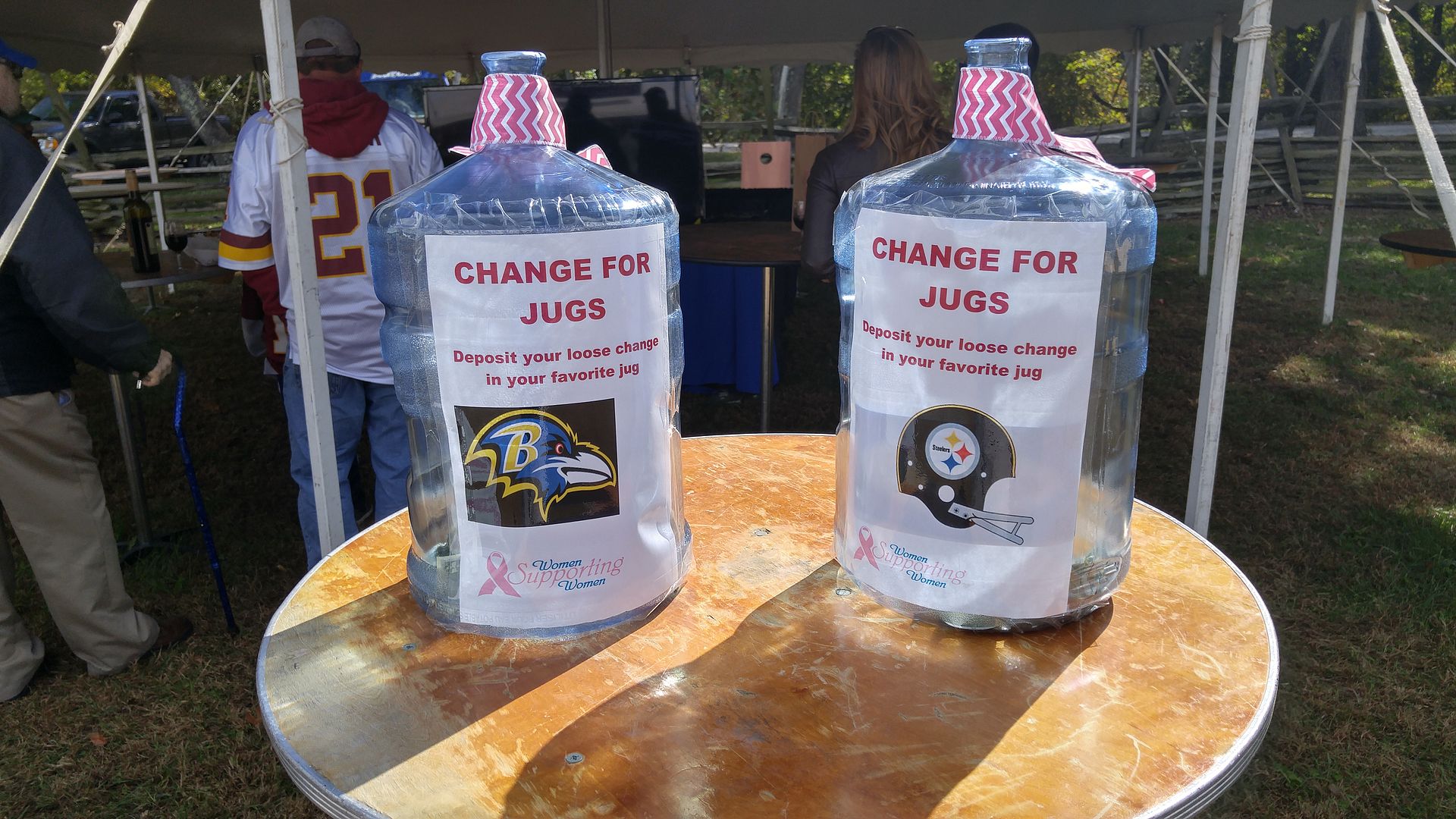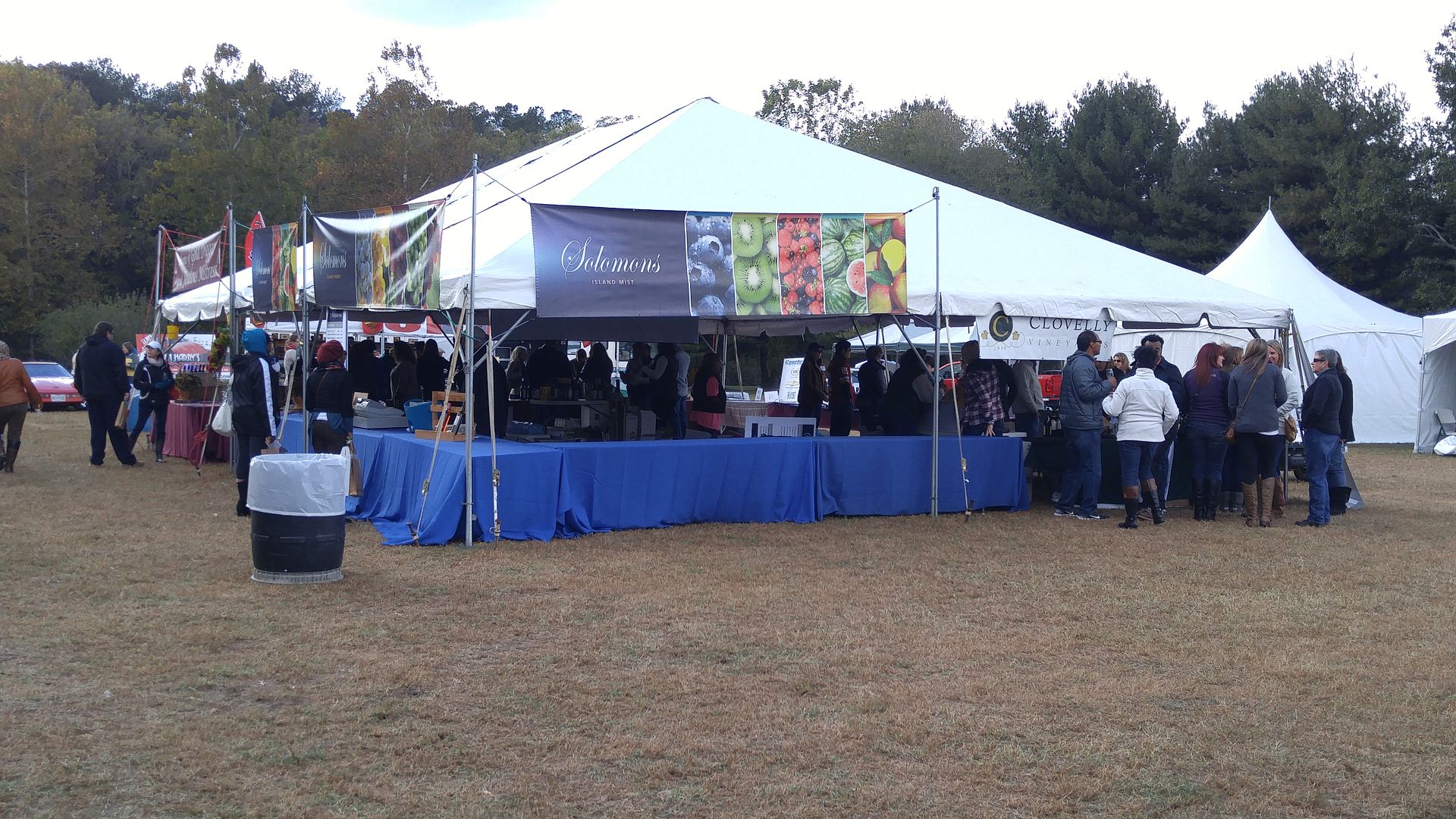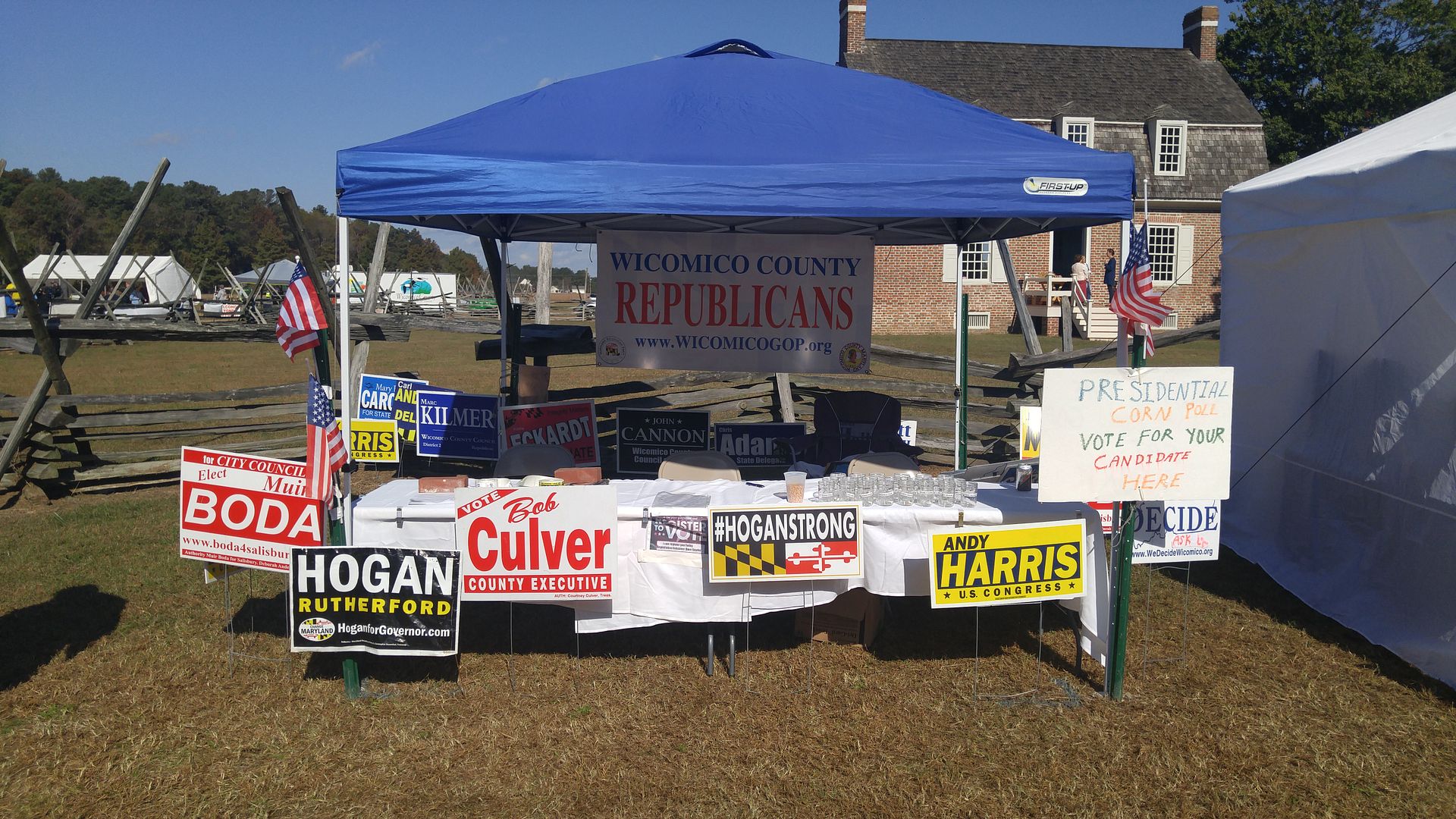One of the talking points that Salisbury mayor Jake Day has continually made about bringing jobs to Salisbury is that we need to improve our quality of life. Perhaps I’m oversimplifying the argument, but if we have a quality of life attractive to younger workers they will come here and create the jobs – or so the thinking goes.
So it was interesting that a few weeks back I received an e-mail from a company called LawnStarter. The reason I received it was that I have used business-related survey data from Thumbtack.com in the past and this entrepreneurial outfit had created something they called their Quality of Life Index. (Naturally, the company specializes in assisting lawn care startups by bringing customers and businesses together.) As a state Maryland ranks 13th out of 50, but the lone metropolitan area considered (Baltimore) ranked 73rd out of 101. (We in Maryland surely had assistance from 9th-ranked Washington, D.C. though.)
You may ask how they come up with this index – well, let them explain it:
The index is based on six quality-of-life factors analyzed by LawnStarter and borrowed from The Economist — GDP (economic output) per capita, average life expectancy, divorce rate, unemployment rate, geographic location (latitude) and male-female income equality. The Economist considers these factors to be good barometers for quality of life.
Based on some of the factors cited I suspect Salisbury would be near the bottom of the city list. However, they may not be at the very bottom because the lowest seven cities (and nine of the bottom ten) share one of two things in common:
- They are in California (Sacramento, Riverside, Fresno, San Bernardino, and Stockton) or
- are in close proximity to Lake Erie (Buffalo, Toledo, Cleveland, and Detroit)
Memphis is the outlier to that group, with Detroit occupying the 101st and bottom position.
However, Salisbury doesn’t have a particularly high GDP per capita or low unemployment rate, nor is life expectancy that great compared to other places. As a state Maryland is certainly aided by its close proximity to Washington, D.C. but Baltimore’s far lower rating may be closer to the conditions we have to endure here. It could be argued that our area has several of the same pitfalls that plague inland California (Sacramento, Stockton, et. al.) – chronic high unemployment in an area best known for agriculture due to a temperate climate. The agricultural base contributes to the low per capita GDP while the high unemployment eventually manifests itself in a shorter life expectancy thanks to crime and lack of preventative health care.
Short of a Bill Gates suddenly showing up and showering the area with wealth, these factors will remain common to our area. Unfortunately, the few assets we seem to have are difficult to leverage into productive careers. Most of our more lucrative jobs have to do with health care and government as opposed to STEM-based or manufacturing positions, which add more value and GDP. The exceptions to this are having the headquarters of Perdue in Salisbury and the Wallops Island NASA complex; while the latter is a government installation there are a number of private companies which use their facilities. While it’s almost 50 miles away, Salisbury is the closest city of reasonable size to the remote installation on Virginia’s Eastern Shore.
But those two entities need to be joined by many others to truly bring a better quality of life to Salisbury. To use a good local analogy, it’s like a chicken-and-egg question: does the quality of life come from good jobs or do jobs spring from a good quality of life? I believe the former is true, while our mayor seems to side with the latter. Over the next few years, we will see who is correct in our local case.




